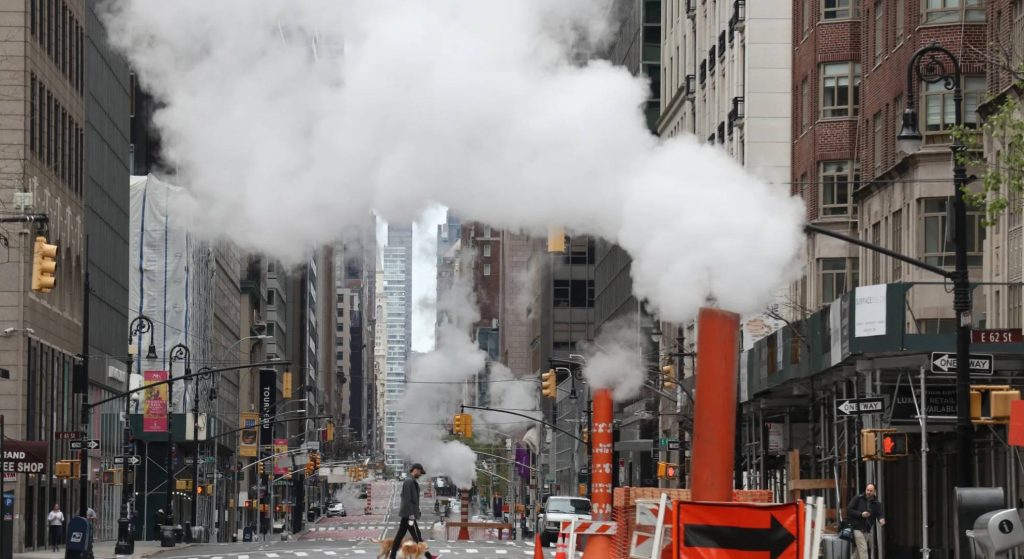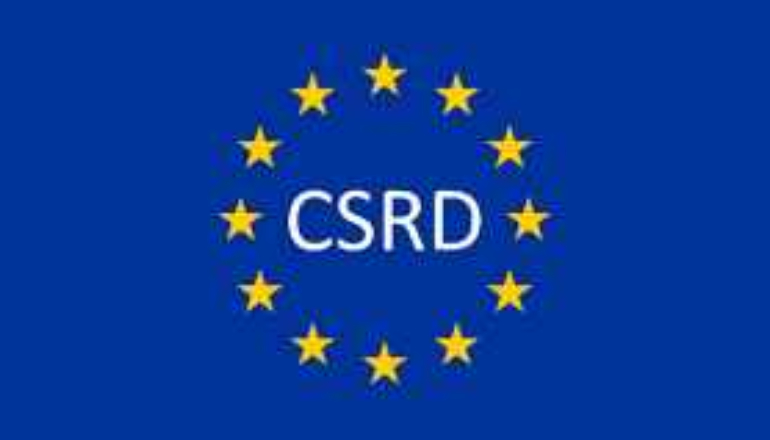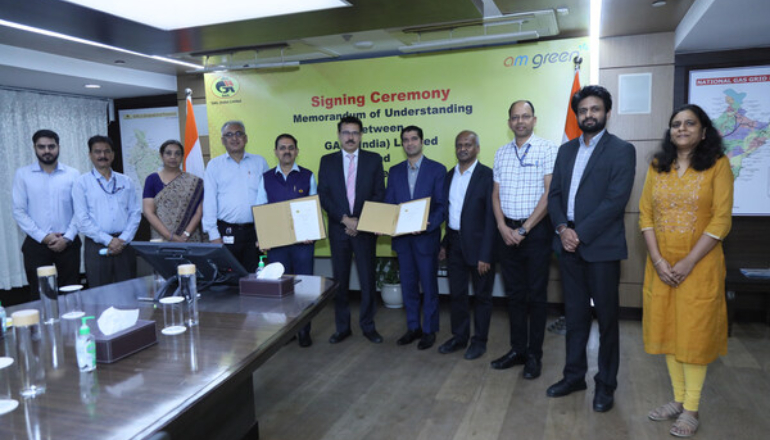The state of New York is establishing a mandatory GHG reporting program to gather data on greenhouse gas emission sources.
This is part of the state’s efforts to reduce pollution and direct clean energy investments as part of the Climate Leadership and Community Protection Act. The Reporting Program will mandate certain GHG emission sources to submit annual emissions and associated data to DEC.
In this regard, the State Department of Environmental Conservation (DEC) has released draft regulations for collecting greenhouse gas emissions data, proposing a mandatory reporting program to inform future pollution reduction strategies in New York.
Starting in June 2027, facilities reporting emissions will annually provide GHG emission data to DEC, with large sources using DEC-accredited third-party verification services for annual verification.
The draft regulations propose reporting from significant greenhouse gas sources to inform the state’s efforts to reduce pollution, improve community resilience, and transition to a clean energy economy.
DEC is developing an online platform to streamline reporting processes, reduce administrative tasks, and provide training for entities upon launch. It is developing a simplified estimator tool to assist fuel suppliers and other emissions sources in estimating annual data submission requirements for their operations.
Data:
To help ensure a comprehensive collection of greenhouse gas emissions, the following sources would be required to annually report emissions data to DEC:
New York facilities emit 10,000 metric tons or more of CO₂e annually, including electricity generation, landfills, waste-to-energy, natural gas compressor stations, and other infrastructure.
Fuel suppliers in New York, including natural gas, liquid fuels, petroleum products, liquefied and compressed natural gas, and coal, contribute to annual GHG emissions.
Waste haulers and transporters (exporters) for which the estimated emissions from solid wastes transported to landfills or combustion facilities outside of New York exceed 10,000 MT CO₂e emissions in any year;
Electric power entities that emit any GHG emissions or import megawatt hours (Mwh) into New York;
Suppliers of agricultural lime and fertilizer that supply the necessary quantity to generate GHG emissions per emission year.
Anaerobic digestion and storage of waste in facilities like wastewater treatment plants and concentrated animal feeding operations generate over 10,000 metric tons of CO₂e annually.
Backdrop:
As part of the 2025 State of the State Address, Governor Kathy Hochul announced a historic $1 billion Sustainable Future Program, a critical investment designed to rapidly deliver climate-related benefits to New Yorkers. Hochul also directed DEC to advance a mandatory greenhouse gas reporting program while DEC and the New York State Energy Research and Development Authority continue to develop a cap-and-invest program with continued stakeholder engagement.
“This data is critical to inform the state’s sustained efforts to protect our environment and improve the health and quality of life of all New Yorkers, and DEC is prepared to fill the data gaps left behind by proposed federal rollbacks,” Amanda Lefton, acting commissioner, said. “The proposed Reporting Rule will enable us to collect the information necessary to develop effective strategies that reduce harmful air pollution and direct investments where they are most needed, while also protecting New York’s consumers and economic competitiveness.”
The proposal reduces potential reporting costs by utilizing data already required under state and federal requirements and other mandatory reporting programs.
The US Environmental Protection Agency plans to reconsider key federal air quality and greenhouse gas regulations, including the U.S. Greenhouse Gas Reporting Program.












